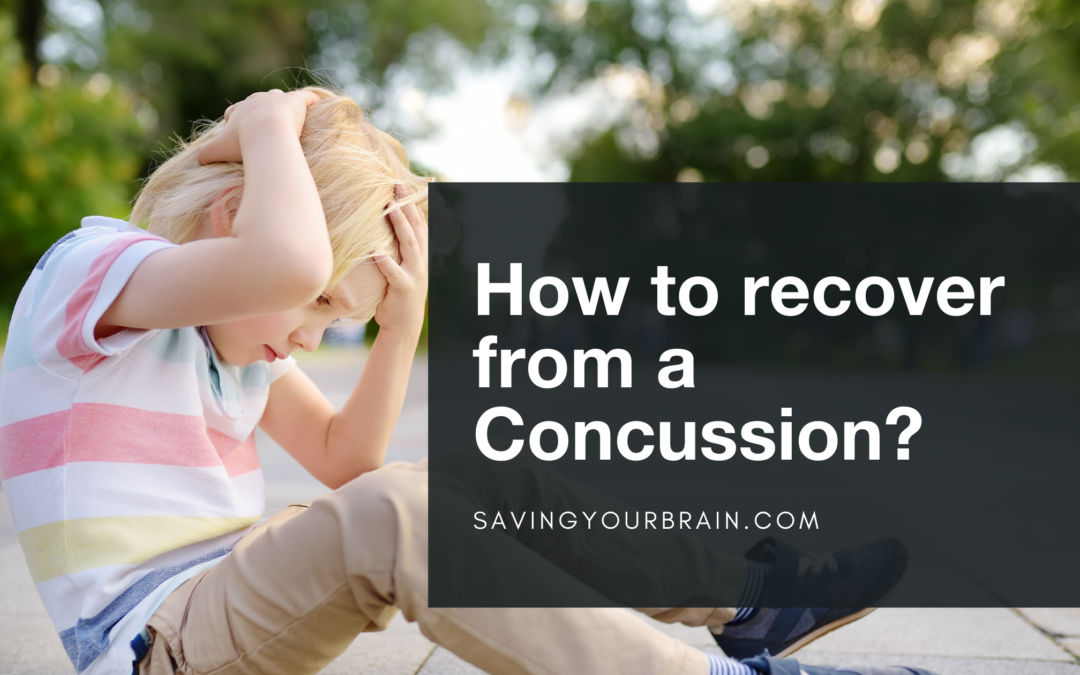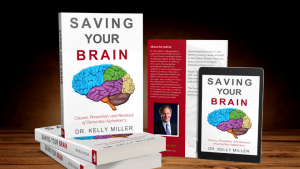Millions of people suffer from concussions every year
Concussions happen so quickly. From motor vehicle accidents, falls, assault and taking part in sports, it happens when you least expect it. With lawsuits pending against the NFL and NHL over the long-term consequences of multiple concussions, athletes are considered the most at risk, particularly if they participate in football, hockey, basketball, soccer, cheerleading, wrestling, boxing or cycling.
The University of California Brain Injury Research Center states that somewhere between 1.6 million and 3.8 million sports-related concussions happen each year in the United States. And, the research shows that the majority of these injuries occur in teen athletes.
Your skull is very hard for a reason. It’s designed to protect your brain—the magnificent organ that is 100% in charge of you. Made up of 200 billion neurons (brain cells) and trillions of connecting fibers that are essential for everything you do, the brain is surprisingly soft and extremely delicate. Inside the skull, it is held in place by many sharp bony ridges; however, if your head hits something or there is a force against your head, your brain can get injured by slamming into the ridges and other parts of the skull. When that happens, it is likely to result in a Concussion.
Here are some common signs of a Concussion:
- Temporary loss of consciousness
- Headache
- Feeling of pressure in the head
- Ringing in the ears
- Confusion and brain fog
- Memory loss surrounding the event
- Slurred speech
- Fatigue
- Delayed response to stimuli
- Appearing dazed
- Mood and personality changes, including irritability and depression.
- Sensitivity to noise and direct light
- Neck pain
- Vomiting or Nausea
Diagnosing a concussion requires a thorough physical examination. The first 24 hours after a brain injury are crucial, and patients require observation either in the hospital or at home. The medical team will want details surrounding the event and information on past head injuries. Imaging scans like a CT or an MRI may be ordered.
But what happens when the symptoms persist or worsen?
At Saving Your Brain, it’s important to see what areas of the brain need treatment or training. This is achieved with a Quantitative Electroencephalography (QEEG), also known as a brain map. A Brain Map is a non-invasive tool we use to identify the problem areas of the brain. The QEEG is designed to objectively and scientifically evaluate a person’s brainwave patterns. It takes the guesswork out of determining a person’s condition. Think of a QEEG Brain map like a weather map…it provides us with accurate information.
Another effective tool we use is Right Eye Tracking tests which can help diagnose, gauge severity of concussions. The Right Eye tracking measures and treats more than you can see. RightEye’s EyeQ test tracks eye movements to improve brain health, reading and sports performance, among other things, but it could help doctors diagnose concussions.
BrainTap helps with concussion treatment by retraining the brain to move from the high delta state which signals inflammation such as with a traumatic brain injury, to a balanced brainwave state. Most concussions will have 75% or more delta activity, when we should be at no more than 15%.
Contact us at Saving Your Brain to learn about our other programs that can help retrain the brain and start rehabilitating the brain.


